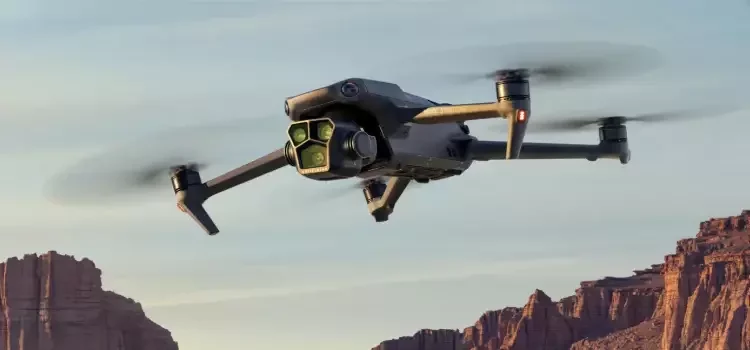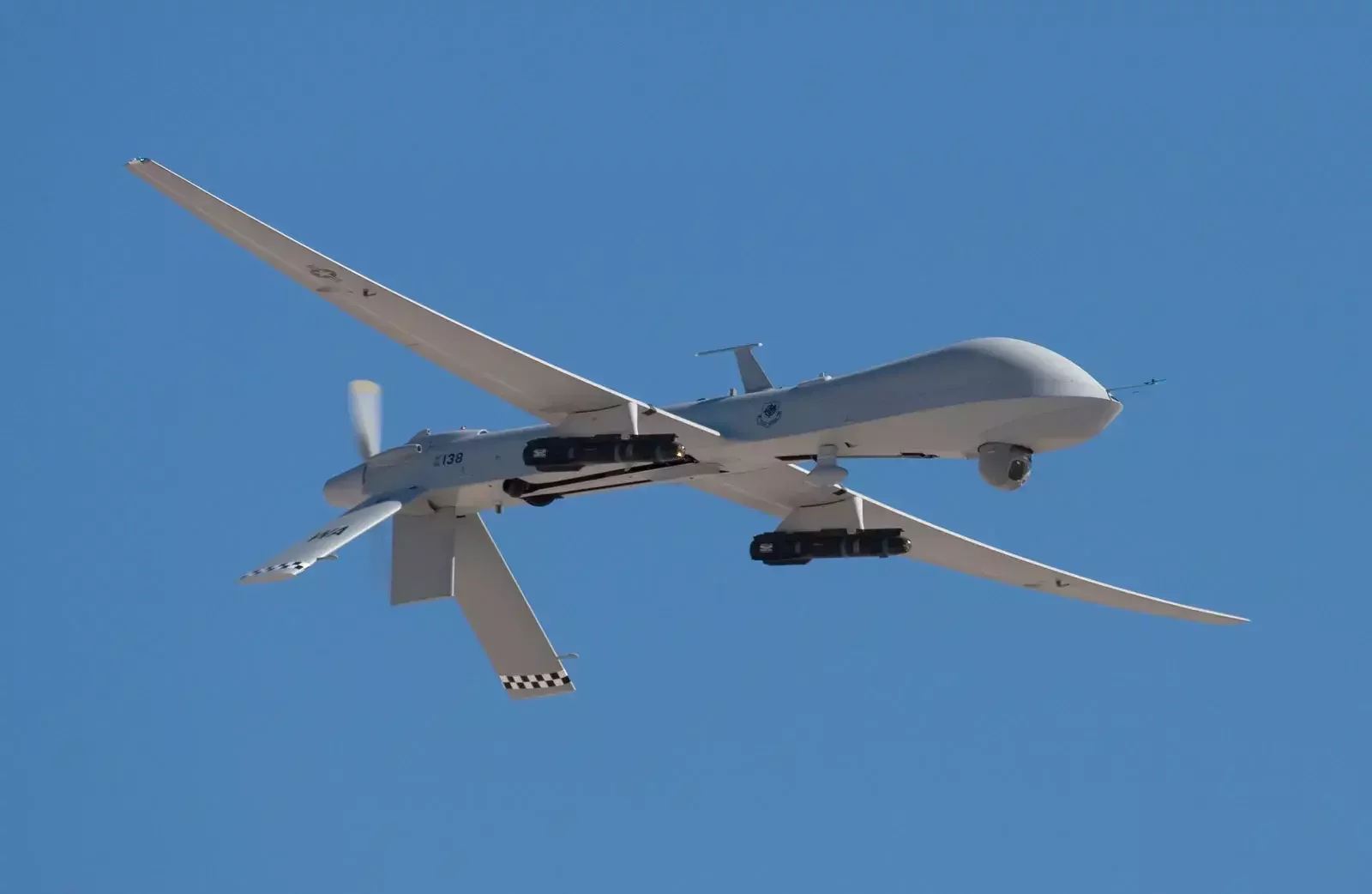
Technology Behind UAVs
Drone development combines multiple areas of innovation:
Commercial drones: used for photography, crop monitoring, and package delivery.
Military drones: for surveillance, reconnaissance, and tactical operations.
Autonomous aerial vehicles (advanced UAVs): air taxis and urban transportation without pilots.
Unmanned ground and maritime vehicles: for exploration, rescue missions, and environmental monitoring.

Real-World Applications
Logistics and delivery: companies like Amazon and DHL are experimenting with drones for package delivery.
Precision agriculture: crop monitoring, smart irrigation, and pest control.
Rescue and emergency operations: drones locate people in natural disasters or dangerous areas.
Industrial inspection: inspection of wind turbines, power towers, and hard-to-reach structures
Challenges and Regulations
The growth of drones faces important challenges:
Airspace safety regulations and traffic control for drones.
Privacy and data protection concerns.
Development of more efficient batteries and systems for longer flight times.
The Future of Unmanned Vehicles
The future promises cities with autonomous aerial mobility, driverless cargo transport, and increasingly intelligent and sustainable drones. The combination of AI, 5G connectivity, and advanced propulsion will open new opportunities in industry, defense, and urban transportation.
